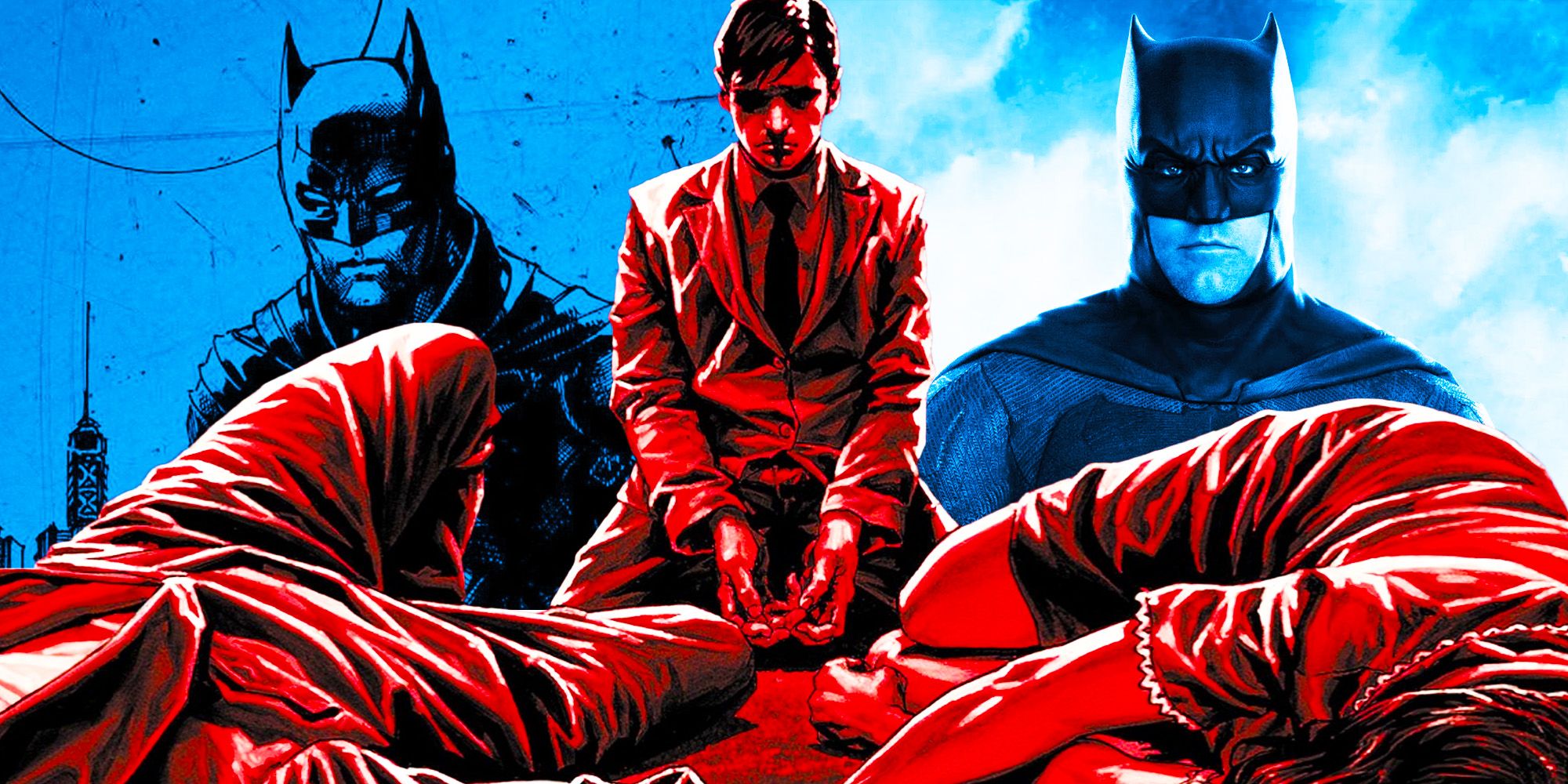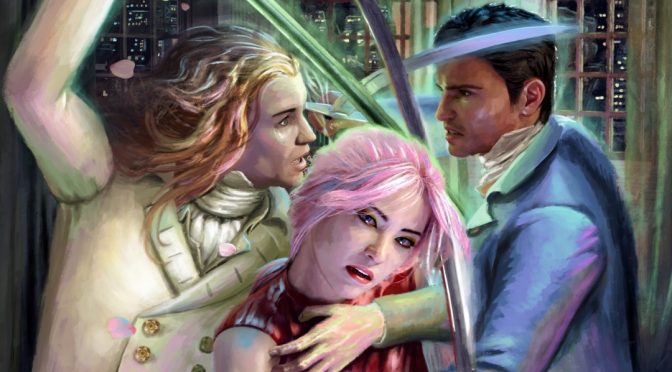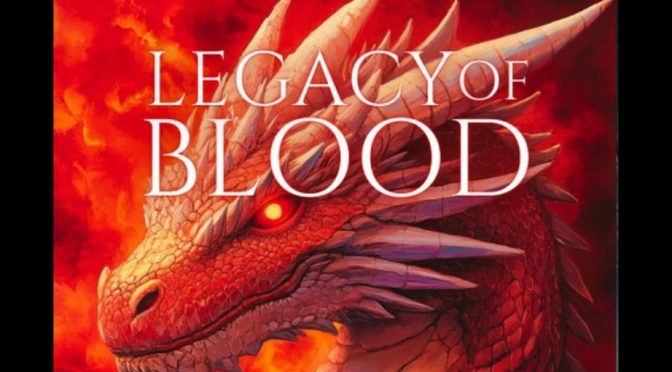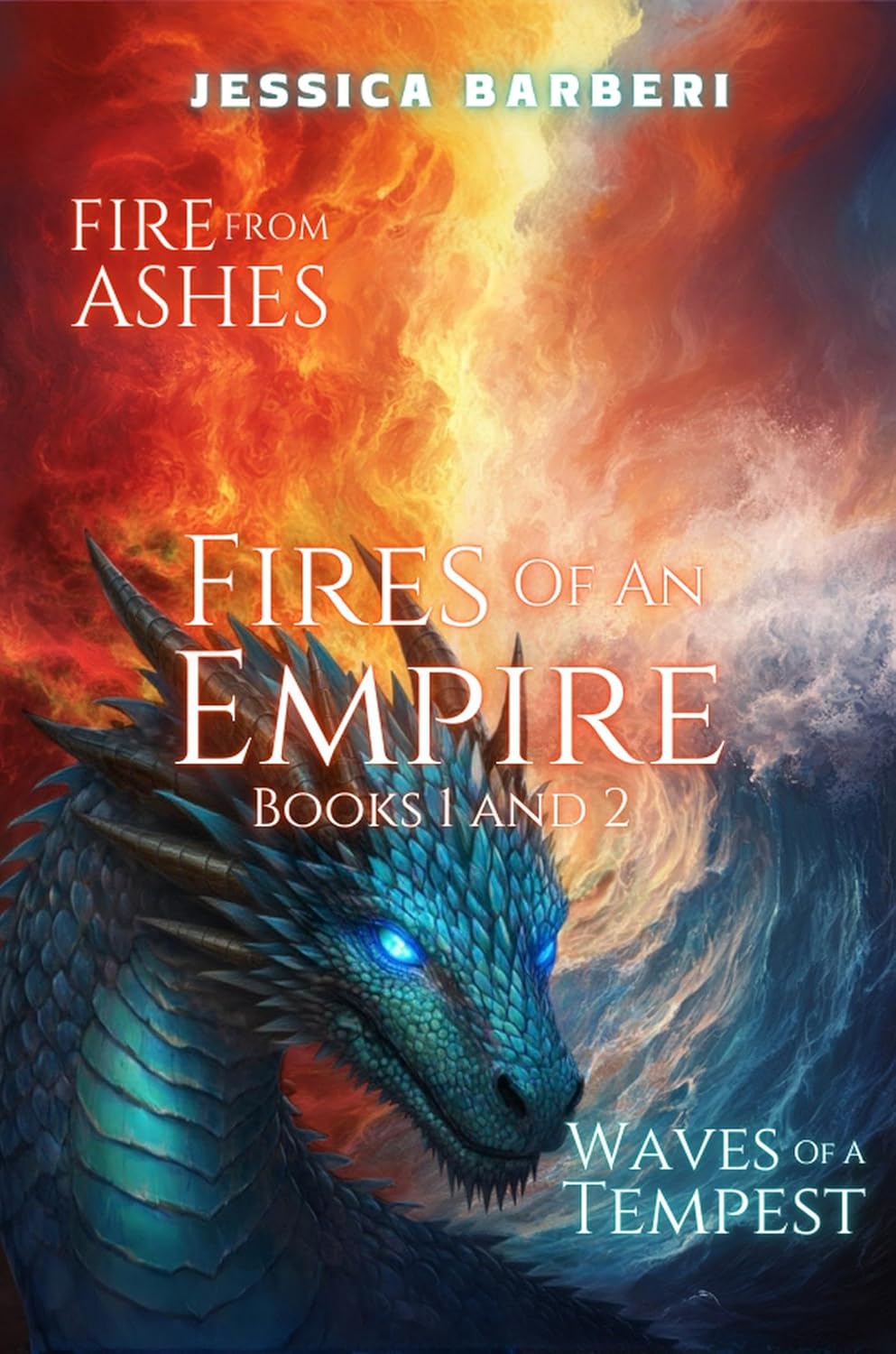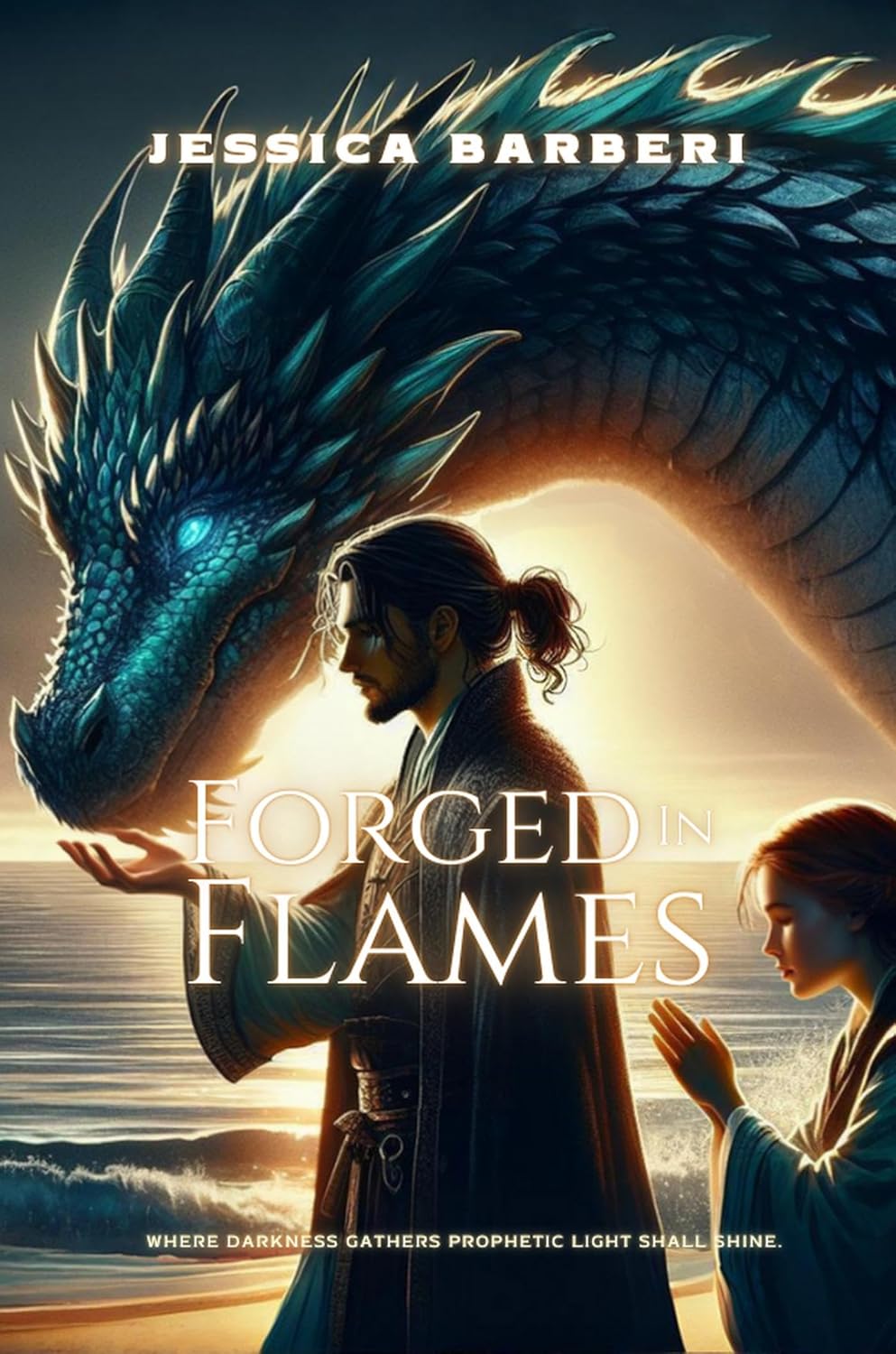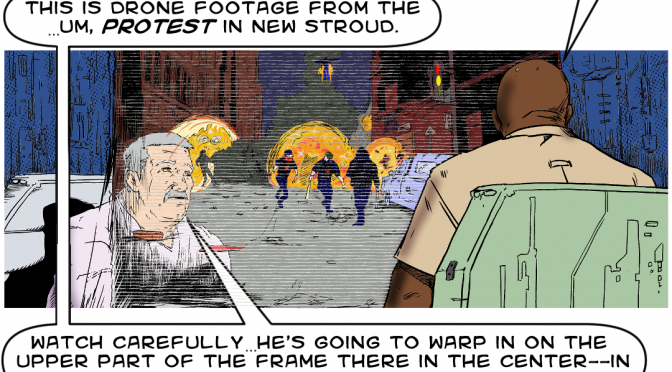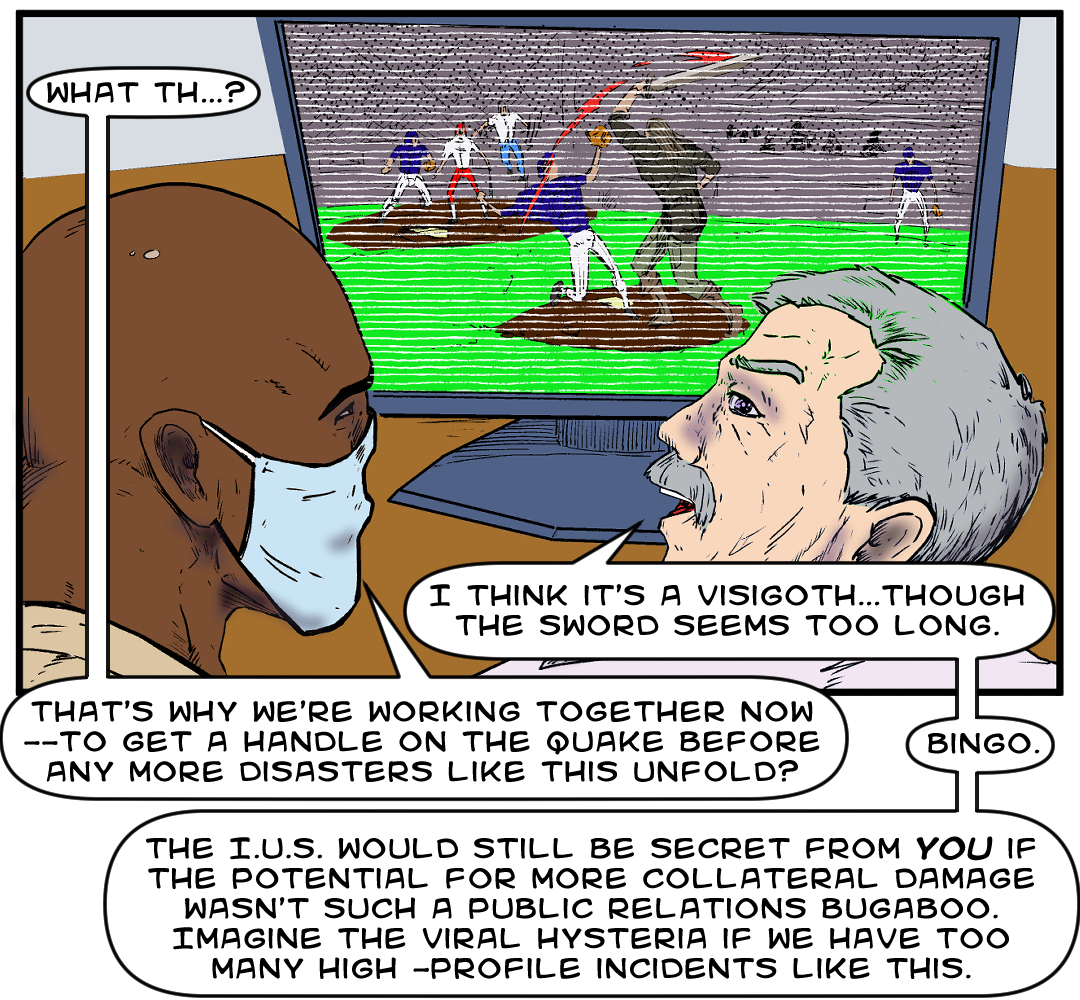THE SAKURA ELEMENT
By S.C. Vincent
A Review by INFAMOUS🦀
Before we dive into this book, I must confess that I am not the biggest fan of the ‘YA Romance’ genre. So, when this title first popped into my queue I was not too thrilled about it. But, as a reviewer, I always make it a priority to read, analyze, and review ALL books suggested to me, impartially and objectively. Particularly when a book has zero reviews and its author very kindly requests an official review of me, I just can’t refuse the challenge.
I like to work for the underdog, to put it bluntly. At this point, I feel more motivated to cover those indie books nobody knows they even exist, and give those authors with a passion for good storytelling a platform to let their works be seen.
The Sakura Element turned out to be much more than just your next YA novel—in fact, I’d dare say it is more of a sci-fi/utopian novel disguised as YA romance. As I kept flipping pages, I soon realized I was reading first caliber fiction, with all the ingredients and extra spices of a five-star novel. This all in spite of what I consider an horrendous cover. Not only do I personally feel the cover is ugly, but I also feel that it miserably fails at catching the essence and vibes of the story.
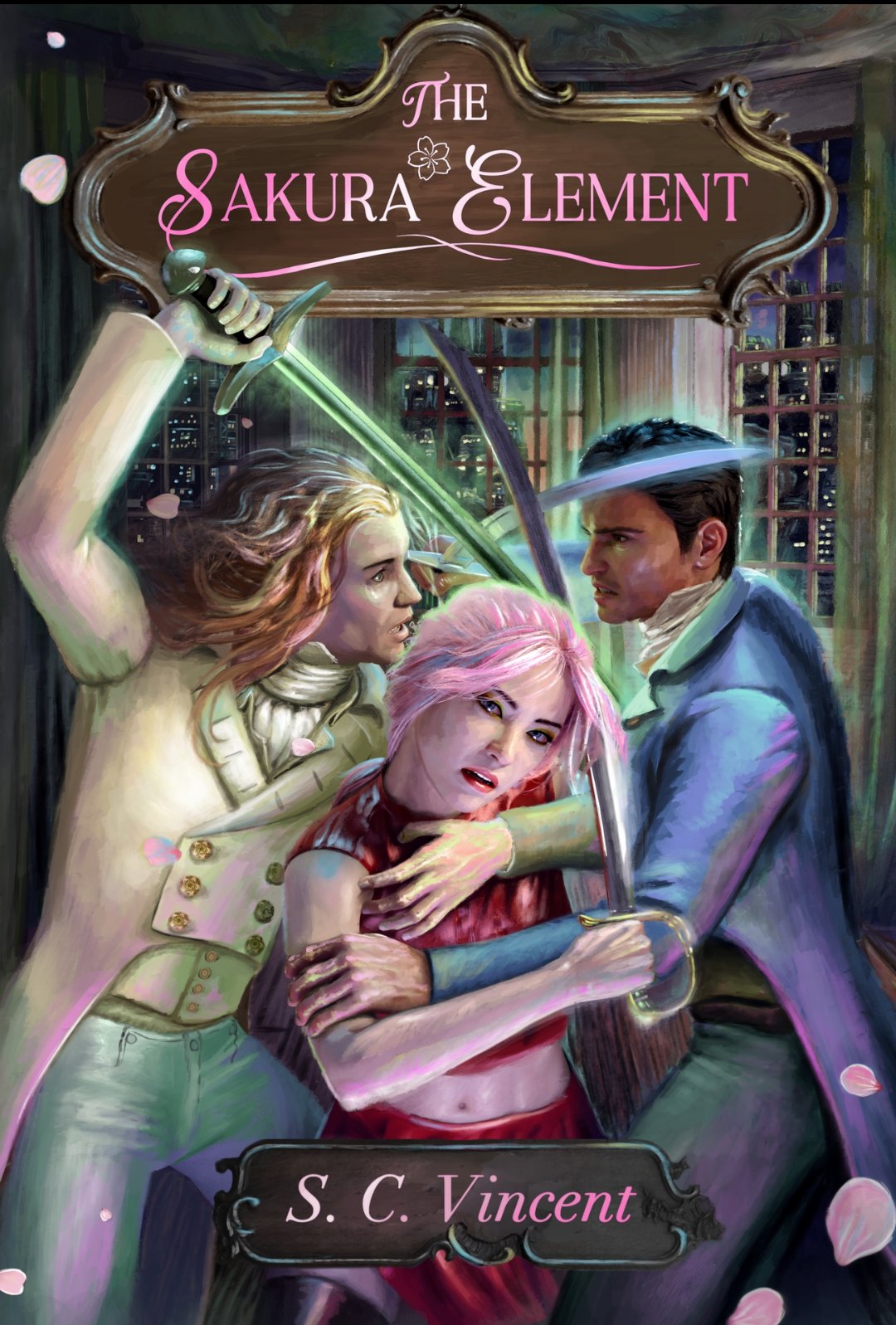
FIRST LOOK:
It seems that the story takes us into the aftermath of a post Third World War society, and we are quickly introduced to the concept of the ‘mods’. Mods are genetically modified human beings who had a big role in this utopian WWIII:
“In the end, it wasn’t the war between the nations that lead to nuclear fallout, but rather, the war between the average man and the Genetically Modified.”
As a result of the war, the mods have now become the pariah of the new established society. They are mocked and ridiculed by their ‘natural’ neighbors and have become outcasts—easily identifiable by their unique hair colors which are selected for them at birth. THIS is, in fact, the Sakura Element, described as:
“The genetic sequence added to those modified, as per law, to make their hair some silly color.”
This is done in order for a mod to be easily identified as such. Colors like pink, green, blue, are included in this category.
PLOT:
When 16-year-old, pink-haired mod Oka, daughter to a wealthy business man, decides to continue her education at the prestigious Alia Academia, in Sil Quarter, students quickly find out she is a mod and thus the bullying begins, as it is the norm in this society where mods are looked down upon. Oka’s resilience and complex personality, however, allow her to not only overcome all challenges that come her way (including a troubled past related to her mother, who died when she was still an infant), but also to help in making all the students equal, and get bullying banned.
A romance will eventually develop between her and 18-year-old Allan, the son of the school’s owner. Basically Allan rules the academy by privilege and at first he joins the mob in mocking and belittling Oka. However, through an attempt at blackmail on his persona, he finds out he is a mod himself, and his entire world as he knows it comes crashing down on him.
Secrets will reshape these young individuals, egos will be broken, and new hopes will rise.
DIALOGUE. SUPERB.
S.C. Vincent is truly a master at writing dialogue for these characters. So compelling, riveting, introspective, and clever. Whether it’s the back-and-forths between Oka and Allan, or the spirited conversations between Allan and his father and mother, this is where this book really shines. The psychological aspects of the characters transpire through the dialogue in a magnificent display of cleverness.
Teenagers today wouldn’t have the depth of thought and eloquence that these teenagers showcase, but hey, it’s supposed to be in the future so we can fully accept it without much argument.
THE SCI-FI ELEMENT:
When Allan finds out he is a mod just like all those mods he has been bullying, the writer introduces us to the origins of these human modifications and how they impacted society as a whole:
“Humanity reaches for heaven, perfection, but in every attempt they do so without God.”
Allan finds out that the Sakura Element has not been applied to all mods and that many roam among the non-mods unnoticed and unaware, just like him. He now has two choices: use what he has learned to redeem himself or wallow in his own sorrow and play along by the cruel role he was assigned in society by his father.
As Oka will say at the end to Allan’s former best friend, Jason, after he is defeated in a fencing match:
“The loneliness you feel now is how people like me feel every day of our lives. I would simply ask that you be kinder in the future, as kindness begets kindness, and it’s something you’ll need a lot of.”
FENCING/SWORD FIGHTING:
Worthy of mention is the choreography of several fencing sessions they hold at Alia Academia. From foot placement, to how to hold the sword, to all the fine details of fencing technique, each fight is brought to life in a remarkable realism and I must wonder whether the author might not well be a fencing expert himself. Truly impressive fight sequences!
THE WORLD/THE PROSE:
I found this world quite intriguing for the fact that, though it is futuristic by all means, it has elements of the Victorian era in the way characters dress and behave, their methods of transportation, and the architecture. Which brings me to the prose, and the only minor grudge I have with the book.
The prose is really inconsistent because it keeps going from a stylistically more classical style to modern XXI century English style. I’m not sure whether this was done intentionally to emphasize a futuristic society that has adopted a Victorian era aestheticism, or if it’s something the author did not think much of.
For example, we go from something like:
“Hold your breath, lest you speak so ill of yourself? Are you not of this very same ilk which you despise?”
To something like:
“No way…!”
“Yes way, my friend, Timothy.”
To me, that creates a very weird feel overall. But I must give the author the benefit of a doubt. Maybe he only tried to create a more futuristic urban slang?
CONCLUSIONS:
This title is currently sitting on Amazon with zero reviews, which is a shame, for this is the type of book that should rise from the ashes of the indie circles in a mighty way. I cannot praise it enough, minus some very minute issues I had with inconsistent prose and the ugly cover. The concept, clever dialogue, the mix of the romantic element and the sci-fi elements, everything here is top notch and I couldn’t be any happier with it.
The story offers an emotionally satisfying ending, its plot lines are virtually bullet-proof, and even when I felt Vincent left a door open for a glaring plot hole here and there, he immediately shut those doors a few chapters later by providing reasonable explanations for everything.
Labeling this novel ‘YA’ is an insult, in my opinion. You want to read something different, something smart, something clever and mentally stimulating? Do yourself a favor and go get a copy of The Sakura Element today!
🦀
